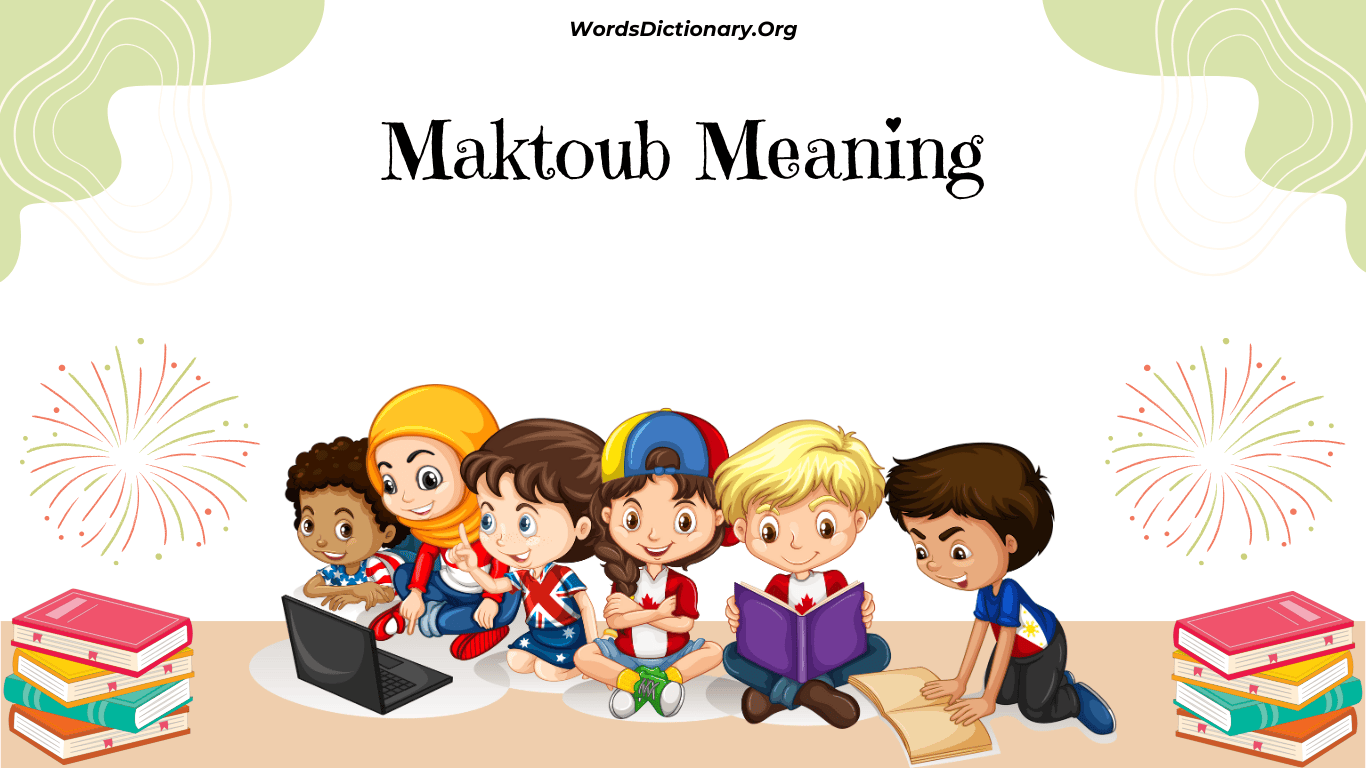Thou Art Meaning: Exploring the Poetic Beauty of This Classic Phrase
Thou Art Meaning: The Timeless Beauty of an Enduring Phrase
In the tapestry of language, certain phrases stand as timeless classics, evoking a sense of nostalgia and poetic charm. "Thou Art" is one such phrase that continues to captivate hearts and minds with its simplicity and profundity. In this article, we'll journey into the 'Thou Art' meaning, exploring its historical significance, poetic beauty, and how it resonates in contemporary language and culture.
1. A Glimpse into History
"Thou Art" is a relic of Early Modern English, a form of the English language spoken and written from the late 15th century to the mid-17th century. During this period, English was undergoing a transformation, evolving from Middle English to the modern language we use today.
In Early Modern English, "Thou" was the second person singular pronoun, used when addressing an individual informally or familiarly. "Art" was the second person singular form of the verb "to be." Together, "Thou Art" translates to "You are."
2. Poetic Elegance
The enduring appeal of "Thou Art" lies in its poetic elegance. This phrase was often employed in poetry, literature, and religious texts of the time, imbuing the language with a sense of reverence and grandeur. It's a phrase that encapsulates a profound and intimate connection between the speaker and the listener.
3. Expressing Reverence
In religious contexts, "Thou Art" was used to address a deity, conveying a deep sense of respect and reverence. For example, "Thou art my God" is a powerful declaration of faith and devotion.
4. Shakespearean Legacy
William Shakespeare, the Bard of Avon, is renowned for his masterful use of language. In his works, "Thou Art" appears as a testament to his ability to infuse poetry with deep emotion and meaning. One of the most famous instances is in his play "Hamlet," where the titular character utters the immortal lines: "What a piece of work is man! How noble in reason! how infinite in faculty! in form and moving how express and admirable! in action how like an angel! in apprehension how like a god! The beauty of the world! The paragon of animals! And yet, to me, what is this quintessence of dust? Man delights not me; no, nor woman neither, though, by your smiling, you seem to say so." Here, "Thou Art" is a poetic nod to the intimate connection between humanity and the divine.
5. Contemporary Resonance
While Early Modern English has largely evolved into the modern language we use today, "Thou Art" continues to resonate in contemporary culture. It is often employed in literature, art, and even casual conversations to evoke a sense of elegance or to add a touch of nostalgia.
Conclusion
"Thou Art" is not just a relic of a bygone era; it's a testament to the enduring beauty of language. This phrase, with its historical significance and poetic charm, invites us to explore the rich tapestry of words and expressions that have shaped our linguistic heritage. Whether used in literature, art, or everyday conversation, "Thou Art" reminds us that language has the power to transcend time and connect us to the profound depths of human expression. So, the next time you encounter this classic phrase, take a moment to appreciate the poetry and elegance it brings to our modern world.

Comments
Post a Comment